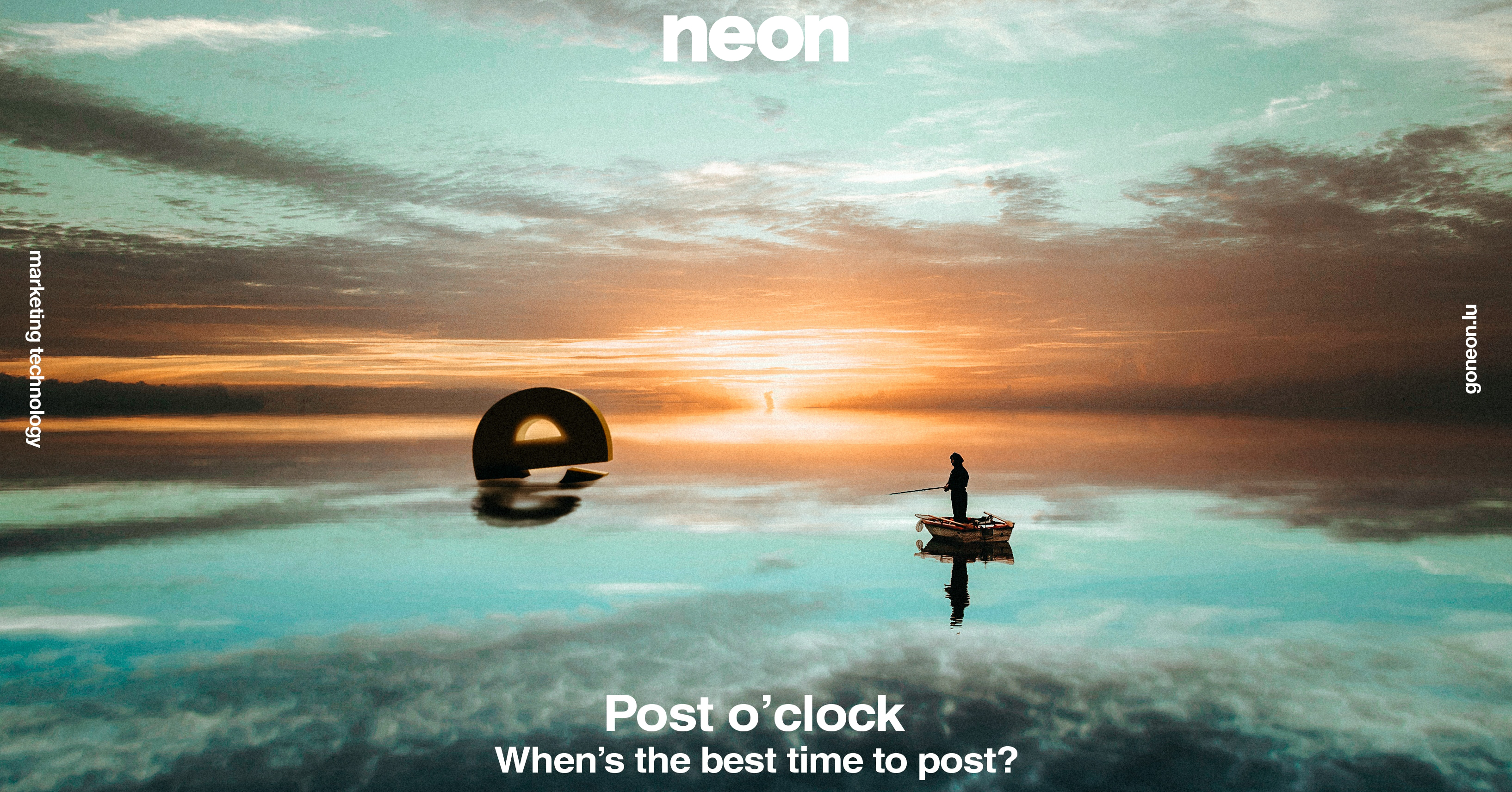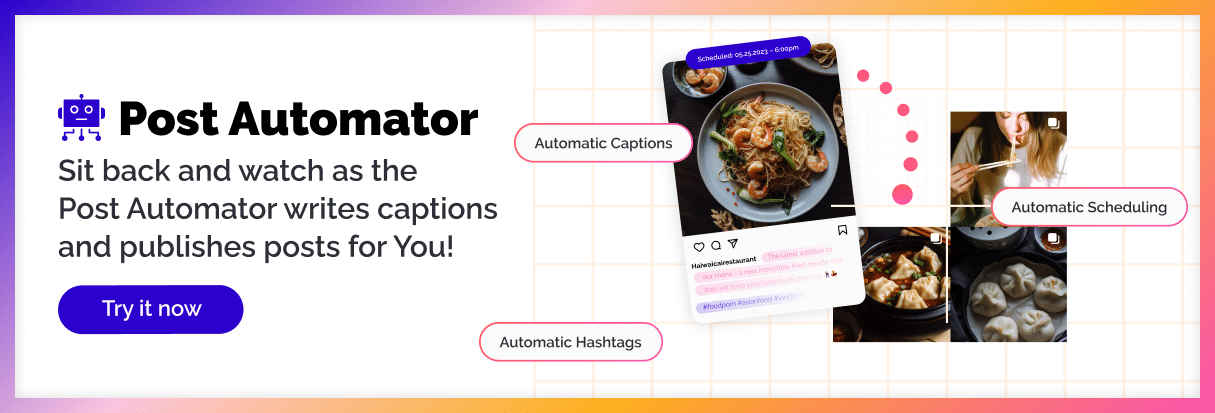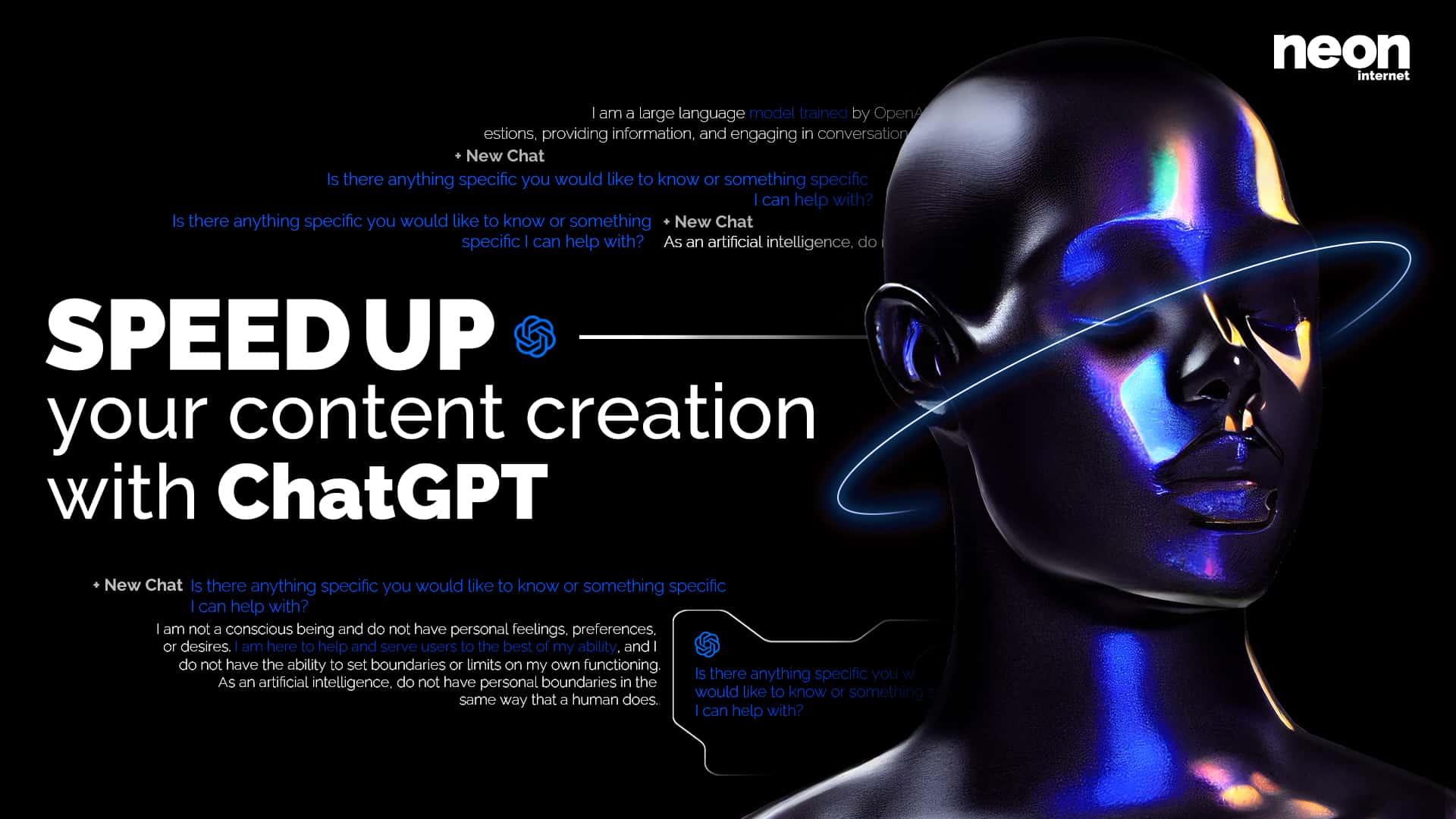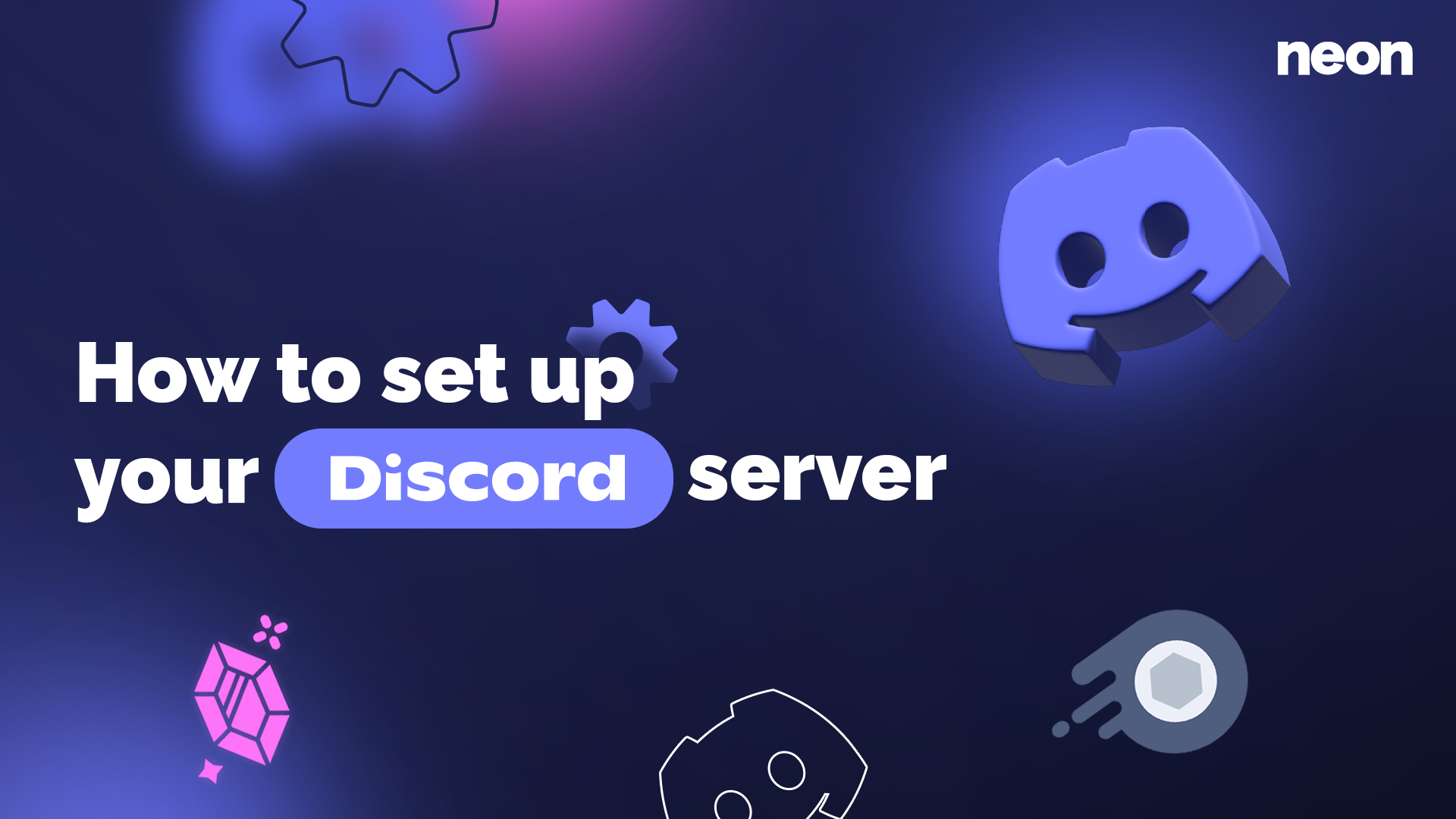You will probably agree that visibility is one of the main goals in social media marketing and advertisement. As a matter of course, WHAT and WHERE you post should play a very important role. Beyond that, we would like to make sure you don’t forget about the WHEN.
Regardless of how awesome your content is, if your audience isn’t online to consume it, your creation will get lost in the Nirvana of irrelevant posts.
You might ask yourself, what is the best time to share my post?
Unfortunately, the answer isn’t evident and has to be approached differentiated. We will try to give you a clear breakdown of different timings and factors, so you can come back at any point and quickly check for your ideal release date. The following recommendations are based on overall engagement-rates.
1. Your audience
Notwithstanding that there are general high-performance days and hours for each platform, one crucial aspect is the targeted audience. It shouldn’t come as a surprise that e.g. students and workers don’t consume social media in the same way nor the same day or hour. This is also true depending on whether you focus on B2B or B2C communication.
Adapting your strategy and releases is key. Start by posting on favorable days and use the gained data (FB and Instagram Insights, …) to adjust your future posting-behavior. Nobody can determine the best timing of a post better than your actual audience. Define your target and identify the time frame that generates the desired results with test-runs and analytic proof.
Rule-of-thumb:
B2B (Business-to-Business): weekdays afternoon, since people shop for their business when they are working.
B2C (Business-to-Client): weekdays and weekends, especially before they start work/school or after they finish said activities.

2. The platform
Depending on the platform you are about to share your content to, the setting of your publication may vary. This is an important point that you have to pay heed to. The most active day of the week on Facebook doesn’t have to be the same as on LinkedIn or Twitter.
Instagram:
– Across the board, the best days to post on Instagram are Wednesday and Thursday. Regardless of the industry here you will find the overall highest engagement-rates of the week.
– Best hours, to post at, are: around 9 a.m. or noon until 2 p.m.
– If you aim for a post in the evening, then 5-6 p.m. or 8-9 p.m. are your best bets.
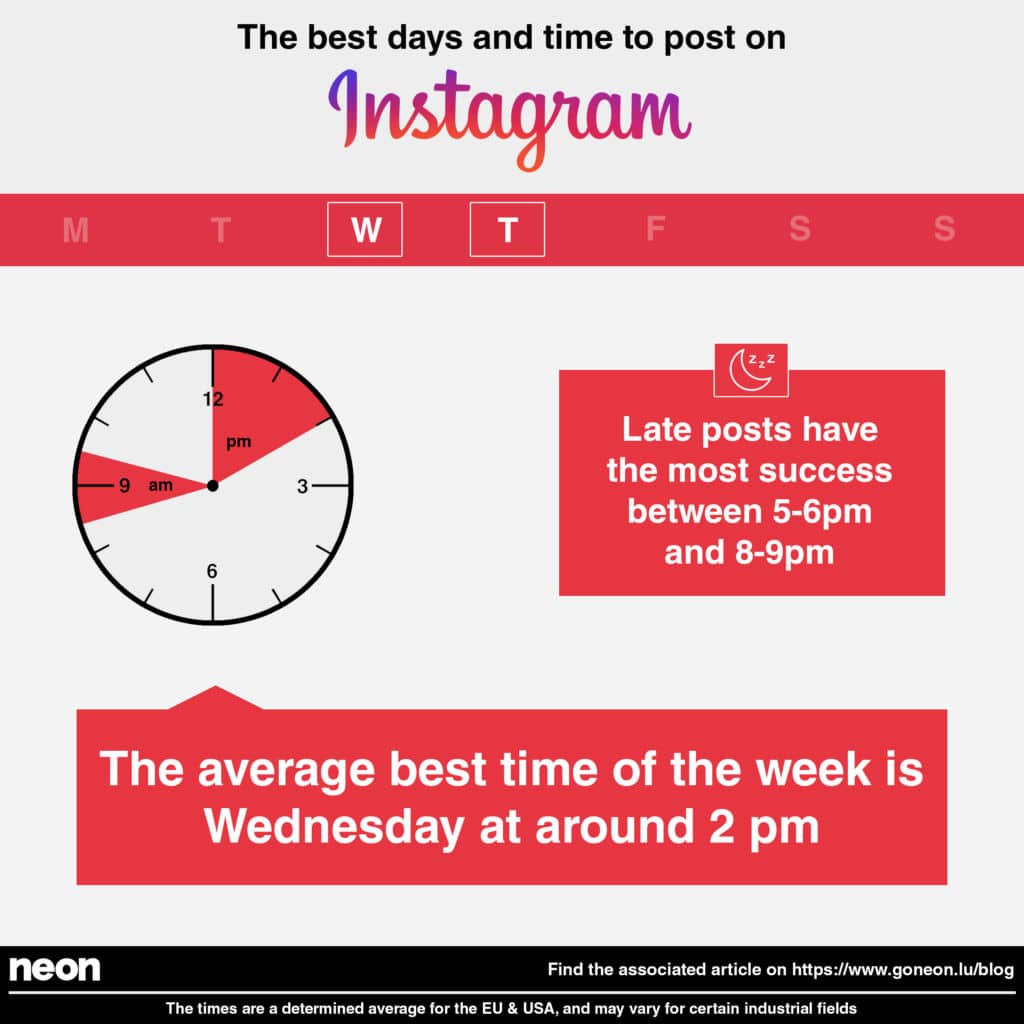
Facebook:
– Wednesday to Friday are the safest days to post on Facebook.
– Everything between 9 a.m. and 3 p.m. can be considered reasonable, as the engagement on Facebook stays solid throughout the late morning and early afternoon.

LinkedIn:
– If you want to be seen on LinkedIn you should aim for releases on Tuesday, Wednesday or Thursday.
– Since most users on LinkedIn are active before and after work, the best time to post is around 8 a.m. and 5-6 p.m.
– Lunchtime (12-1 p.m.) is also a small window of opportunity that opens up each day.
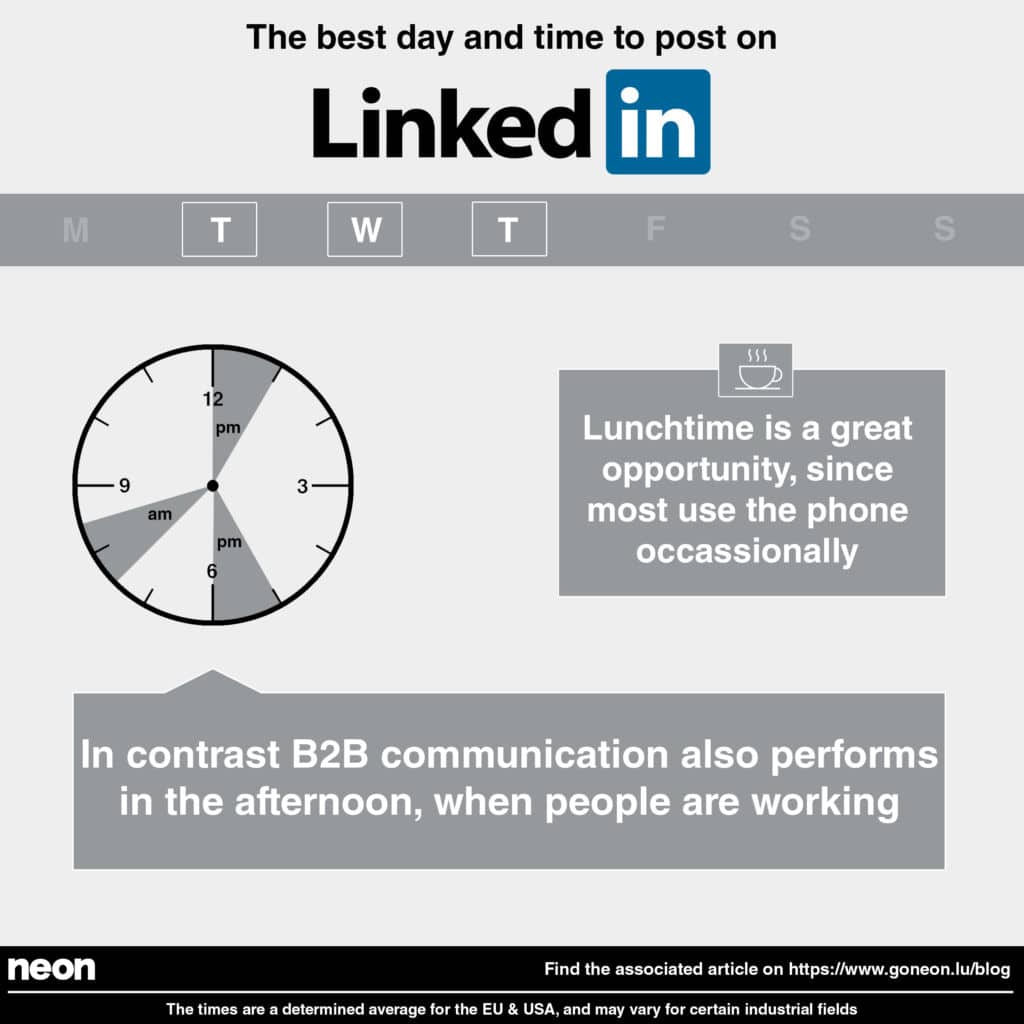
Twitter:
– In contrast to the other platforms, the beginning of the week is a good time to tweet. The days Monday to Thursday see the highest activity rate on Twitter.
– 8-10 a.m., 12-1 p.m. and 6-8 p.m. are periods you should consider.
– B2C (Business-to-Client) communication also performs great on weekends because most businesses aren’t active at that time, but users on Twitter are.
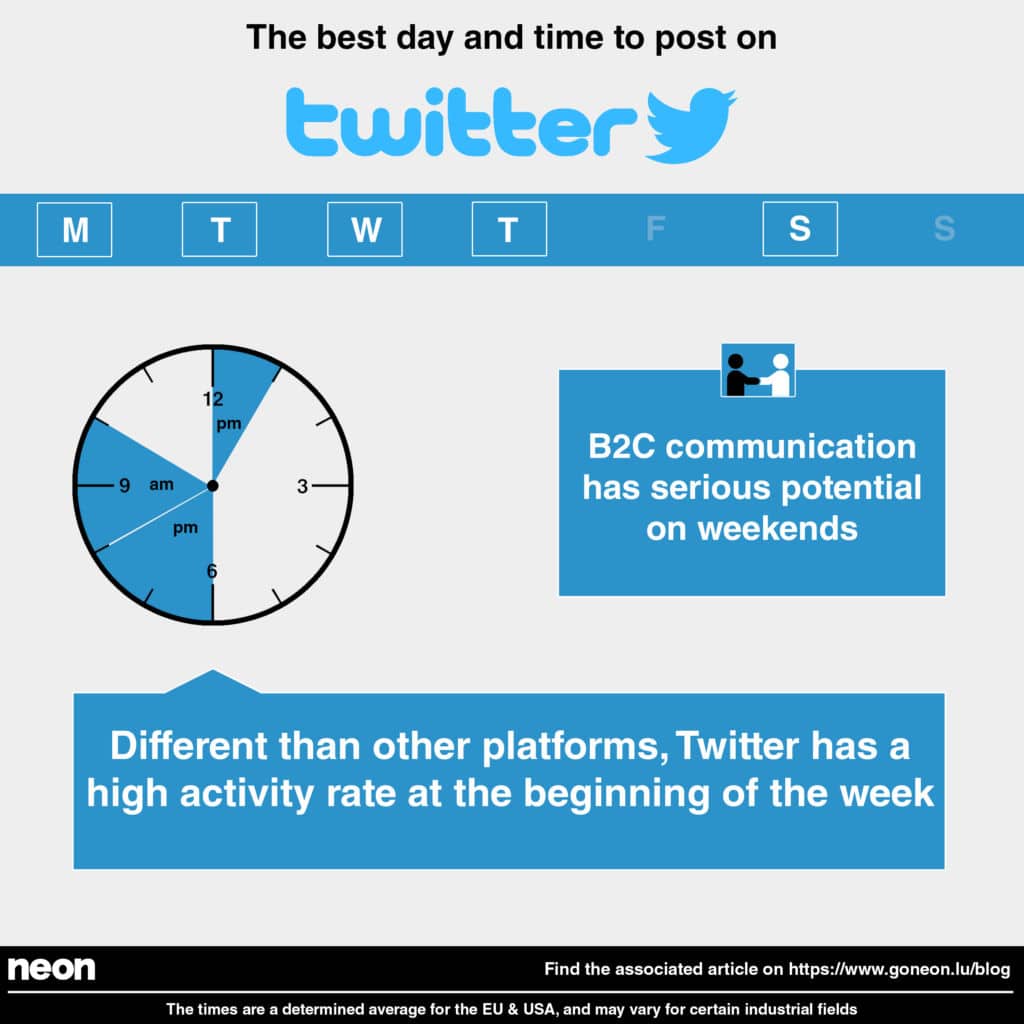
3. Location:
Although the mentioned days and hours are generally the best periods to advertise or communicate on Social Media for Europe and the USA, your local market might behave slightly different. Make sure to look out for in-depth data related to your location/country and match your procedure accordingly. As we mentioned already, the best way to know when to reach out to your followers is by testing and analyzing.
In addition you need to preconceive if you target local or international (or both) markets and fans. Reaching different timezones with one post can be difficult and therefor requires painstakingly planning.
4. Industrial Field
Different industries bring different audiences, which can influence the desirable time to post. This is even more true if you are trying to set yourself apart from competitors by filling a niche. You need to be up to date and aware of the consumer behavior that you are about to target. Should you maintain daily posts or seasonal campaigns? Is your content meant to be consumed in a working environment or rather casually at home? Try connecting with your readers, recognize and utilize the patterns in which they use social media, and you will most likely experience an instant increase in engagement and reactions. If you would like to dig deeper into this topic and see some concrete suggestions, check out this accumulation of industry-specific data by SproutSocial.
Conclusion
Universal collected data can help you instantly to get a good idea where to place the focus on. Nevertheless, no spreadsheet on earth is accurate or mighty enough to forecast the ideal implementation. You have to use the framework that is given to you and further elaborate your strategic plan, in order to make your adverts and posts as successful as you want them to be.
